Arms Control
Return to article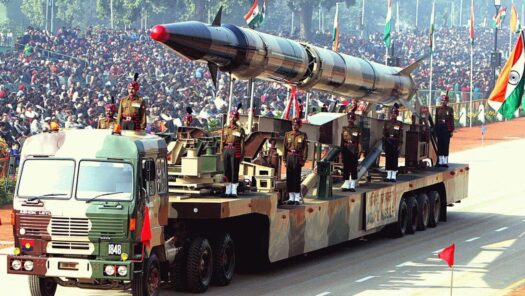
امریکہ چین تزویراتی مقابلہ اور جنوبی ایشیا میں ہتھیاروں کی دوڑ
حالیہ برسوں میں، واشنگٹن نے چین کو اپنے "سب سے بڑے تزویراتی حریف" کے طور پر بیان کیا ہے اور بیجنگ کے بڑھتے ہوئے اثر و رسوخ کا مقابلہ کرنے کے لیے زیادہ جارحانہ پالیسی اختیار کی ہے۔ اگرچہ داخلی…
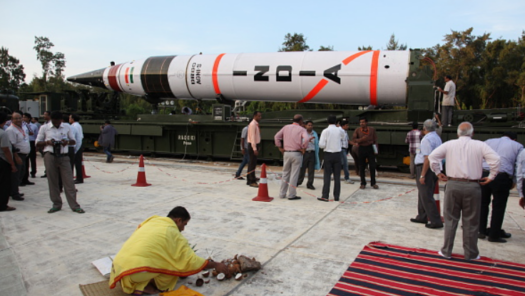
Is It Time for India to Rethink its Nuclear Strategy?
India’s nuclear strategy is guided by Credible Minimum Deterrence (CMD), which underscores the country’s No First Use (NFU) policy with second-strike capability. Although this policy has remained consistent since its inception, serving government officials and defense experts have questioned India’s…
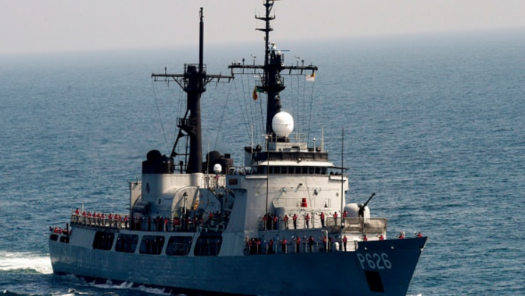
Maritime Modernization Threatens Deterrence in South Asia
The Arabian Sea and the Indian Ocean are becoming complex matrixes of military ambitions amid recent shifts by India and Pakistan to acquire new naval platforms, emphasizing the growing strategic importance of the Indian Ocean’s Sea Lines of Communication (SLOCs).…
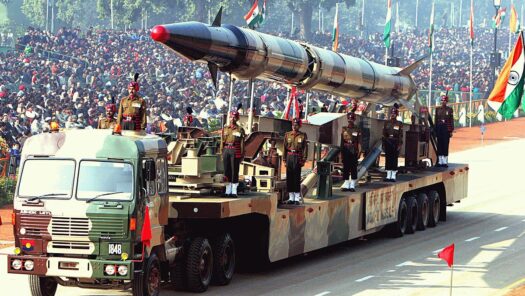
U.S.-China Strategic Competition and the Resulting Arms Race in South Asia
In recent years, Washington has described China as its “greatest strategic competitor” and adopted a more aggressive policy to counter Beijing’s growing influence. While U.S. domestic audiences have largely applauded Washington’s more assertive stance, escalating tensions between the United States…
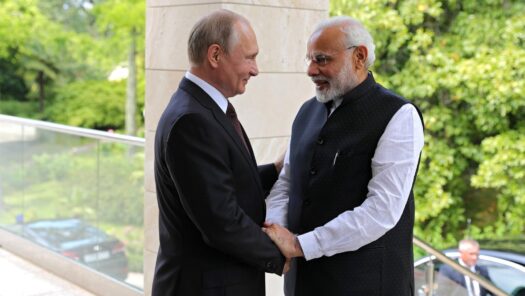
CAATSA or no CAATSA: India Needs Time to Leave Russia’s Side
Russia’s decision to pursue military intervention in Ukraine has evoked severe criticism and anti-Russia sentiments from across the world and has resulted in Moscow’s global isolation. The West, led by the United States, has imposed crippling sanctions on Moscow and…
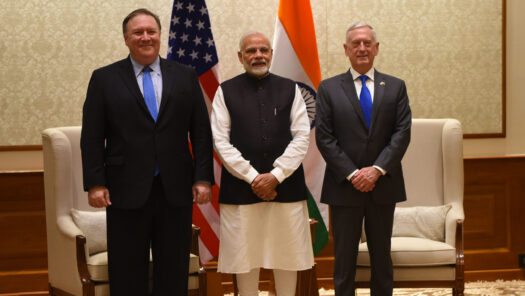
Pulwama/Balakot and The Evolving Role of Third Parties in India-Pakistan Crises
Introduction India and Pakistan have witnessed multiple crises since their overt nuclearization in 1998. Although the two countries fought three major wars before their respective nuclear tests, the presence of nuclear weapons made post-1998 crises more dangerous and drew global…